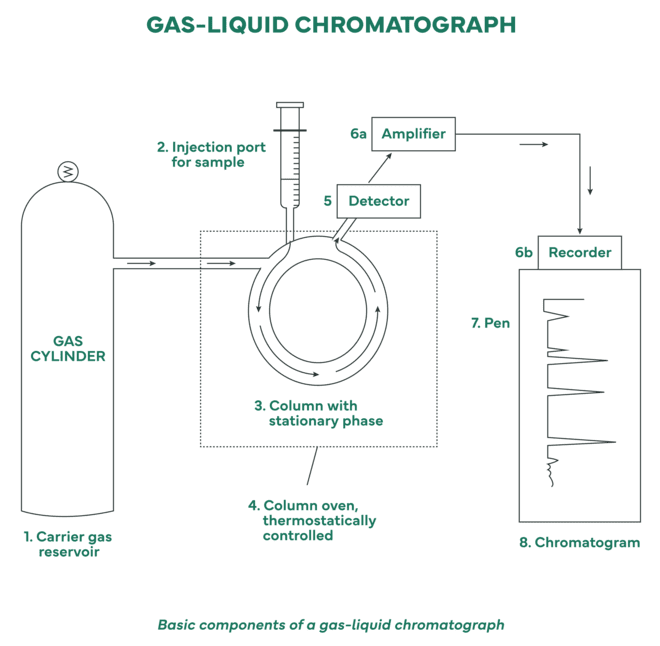How to check the quality of an essential oil?
Essential oils are among the most powerful natural substances known to modern science. Extracted from aromatic plants, they contain hundreds of active molecules that offer antiviral, antibacterial, anti-inflammatory and neuroregulatory properties. But while their potential is vast, their efficacy and safety depend entirely on the quality of the essential oil.
The essential oil market today is saturated with products labeled “pure” or “natural” that often fall short - adulterated, chemically modified or lacking in therapeutic activity. So how can you, as a health conscious consumer or practitioner, identify a truly therapeutic-grade essential oil?
Here’s how our professionals at Pūraroma assess quality.
1. Chemotyped Oils: Know the Molecules Inside
Not all Essential Oils from the same plant are the same. The chemotype of an essential oil defines its precise chemical composition, which can vary significantly based on geography, climate, soil, and harvest time.
For example, Rosmarinus officinalis may be rich in cineole (stimulating and respiratory-supportive) or verbenone (gentle and regenerative), depending on where and how it’s grown. The next time you buy Rosemary, ensure that the product is labeled with the appropriate Chemotype.
A genuine therapeutic essential oil label must include:
- The full botanical name (genus, species, and chemotype)
- The dominant active molecules. Without this information, you cannot reliably predict therapeuetic effect - or ensure safety.
- The country or region of origin
At Pūraroma, every essential oil is chemotyped, analyzed and labeled to reflect this triad of identity.

2. Chromatographic Analysis: Molecular Transparency
High quality essential oils undergo Gas Chromatography-Mass Spectrometry (GC-MS) - the gold standard for identifying and quantifying individual molecules. This analysis reveals:
- Which therapeutic molecules are present
- Their exact concentrations
- Whether any synthetic additives or diluents are present
This isn’t optional—it’s the foundation of Scientific Aromatherapy.
Pūraroma tests every batch, not just occasionally, each and every single time. Our essential oils are selected or rejected based on this profile, ensuring consistency, efficacy, and safety.


3. Organoleptic & Physical Testing: Expert Evaluation
While chromatography offers molecular precision, it’s equally important to evaluate an essential oil through sensory and physical criteria:
- Organoleptic analysis assesses aroma, color, and viscosity
- Density, refractive index, and optical roration confirm identity and purity
These tests detect subtle deviations that might not appear on a chromatogram—such as signs of oxidation, degradation, or adulteration.
Pūraroma tests every batch of Essential Oils for its organoleptic and its physical properties.
4. Batch-Specific Data: The Mark of Serious Brands
Any brand claiming to offer therapeutic-grade oils should disclose:
- A visible batch number on every bottle
- Corresponding batch-specific analysis reports, available publicly or on request
This level of transparency is the minimum standard in pharmaceutical and clinical-grade aromatherapy. Without it, claims of purity are unverifiable.
Pūraroma follows this standard rigorously—because we believe that quality without evidence is just marketing.

Why This Matters
Essential oils are concentrated and potent. If they are adulterated, misidentified, or poorly handled:
- Their therapeutic effect is compromised
- They may be harmful and cause irritation or adverse reactions
- They risk undermining both consumer trust and clinical results
Scientific Aromatherapy begins with oils that are verified, traceable, and biochemically defined.
The Pūraroma Commitment
We partner with certified growers and distillers across more than 10 countries to ensure:
- Chemotyped certification for every essential oil
- Full chromatographic and physical testing
- Transparency, batch by batch
- Verification of every batch by Dr. Dominique Baudoux, our cofounder and a pioneer of scientific aromatherapy
This is not just a promise—it is our process. When the quality is this transparent, the results speak for themselves.
Explore our range of clinically formulated, chemotyped essential oils—and experience the difference quality makes.



